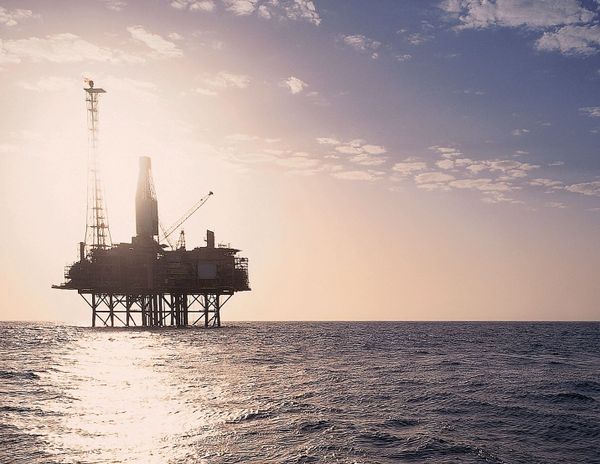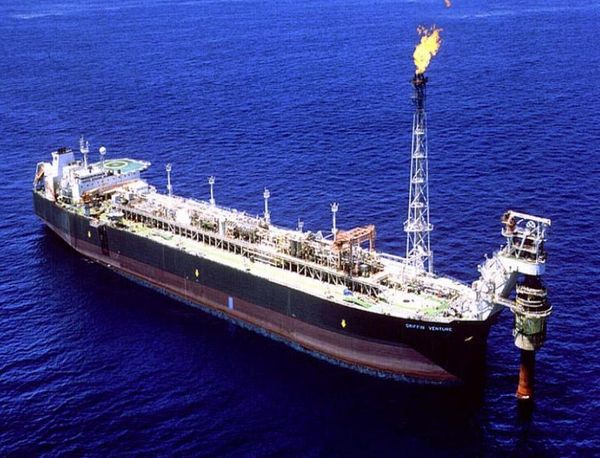Eye in the sky spies Shell's Prelude floating flare machine
Shell's production of millions of tonnes of carbon emissions by burning excess gas at Prelude LNG 400km off the WA coast will no longer go unnoticed, with satellites now tracking flaring across the globe.
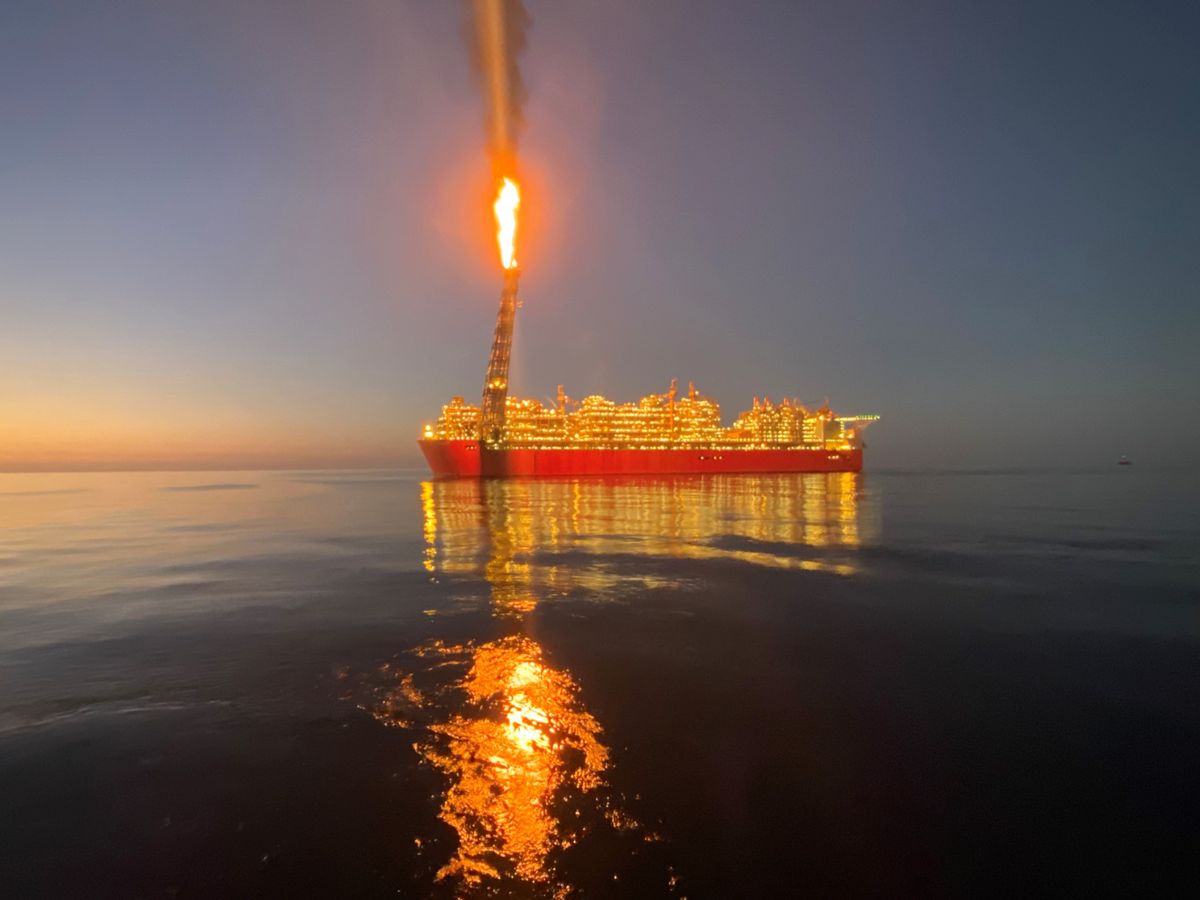
Shell's unreliable Prelude floating LNG vessel is again flaring massive amounts of gas 400km off the WA coast, but the waste and climate damage is now monitored from satellites.
Boiling Cold understands an electrical trip about two days ago forced Shell to again shut down the processing of gas and divert gas flowing from subsea wells to the flare tower. It is understood Shell has resolved the technical problem and plans to restart production later today.
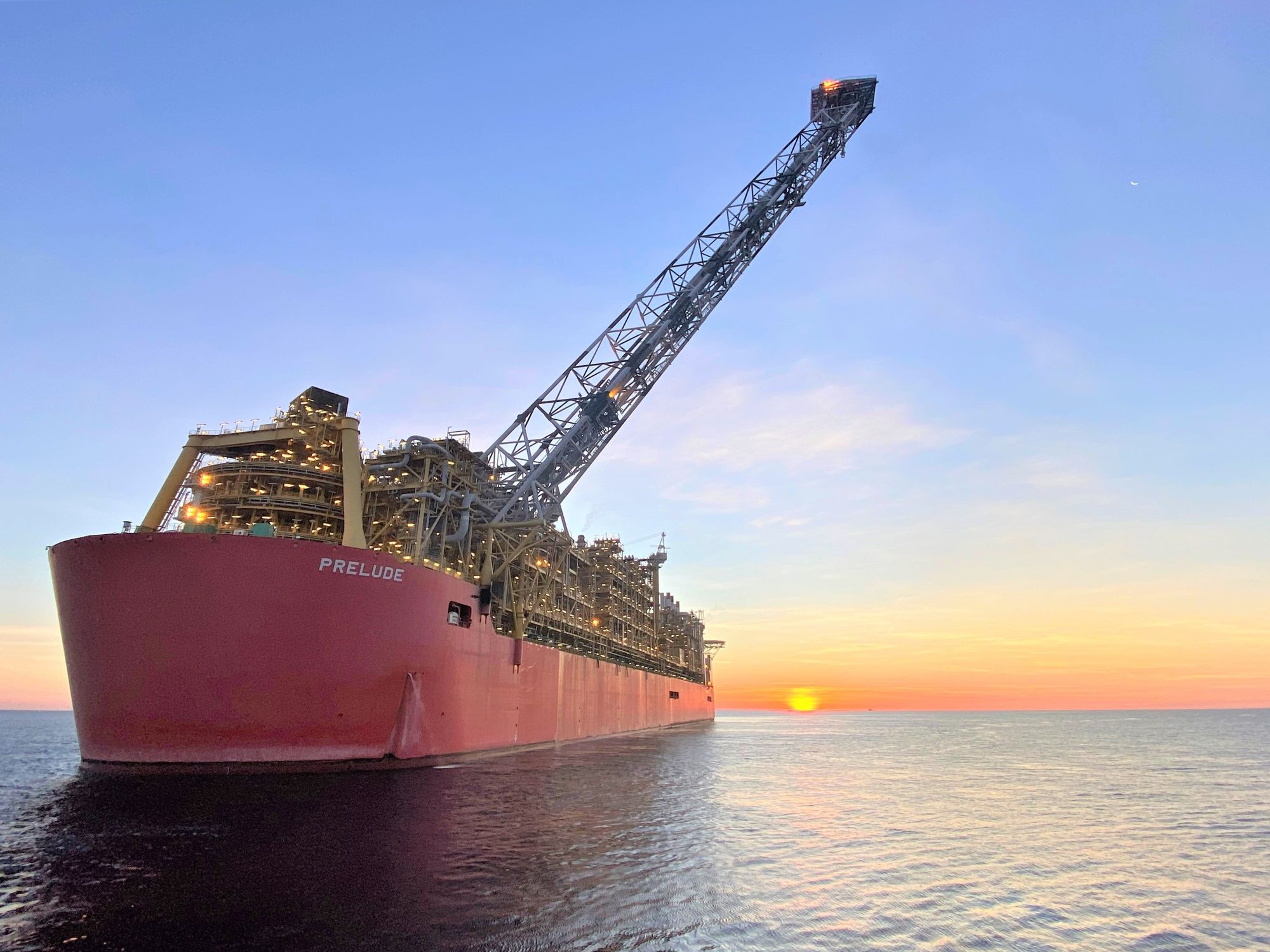
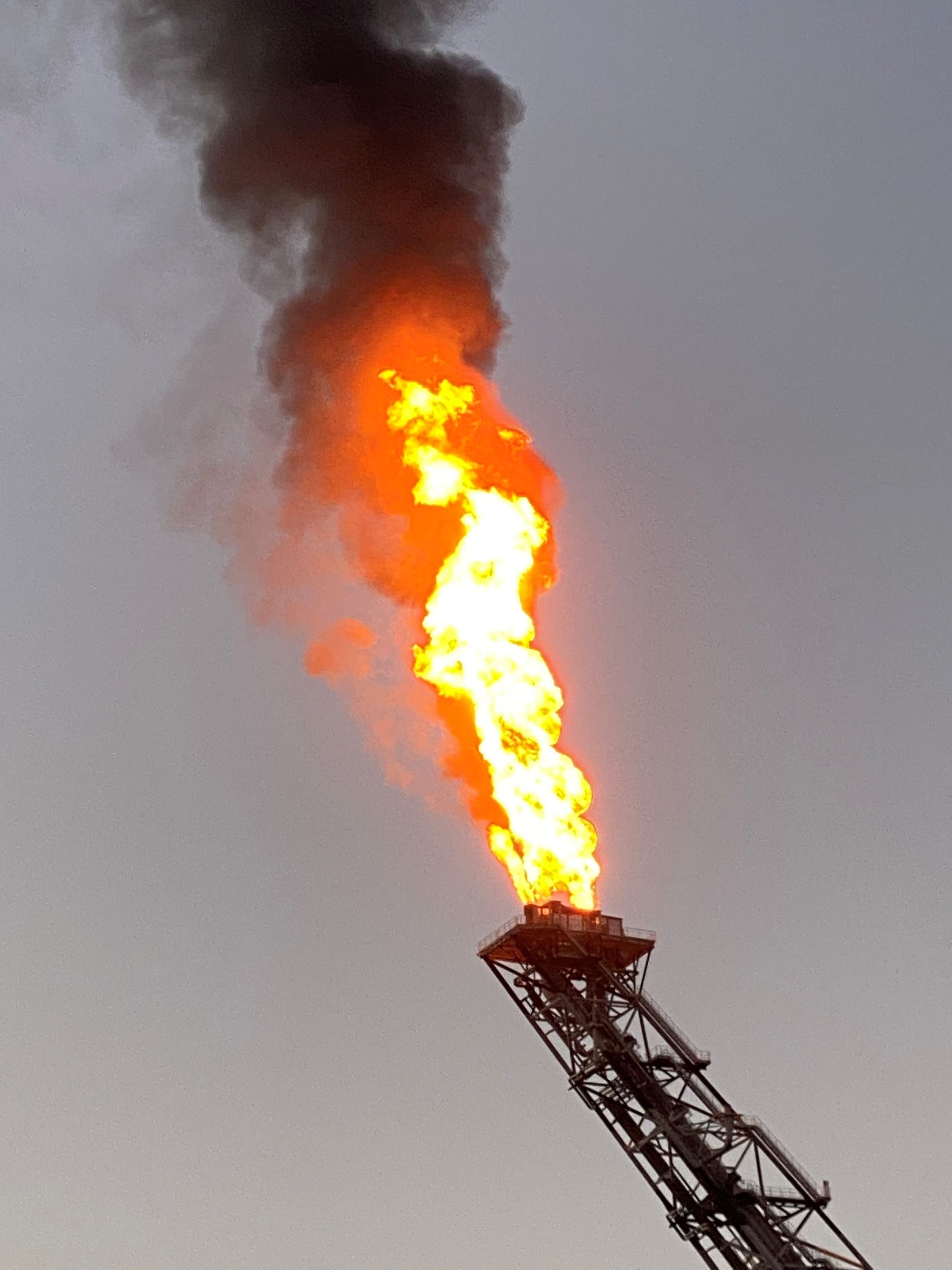
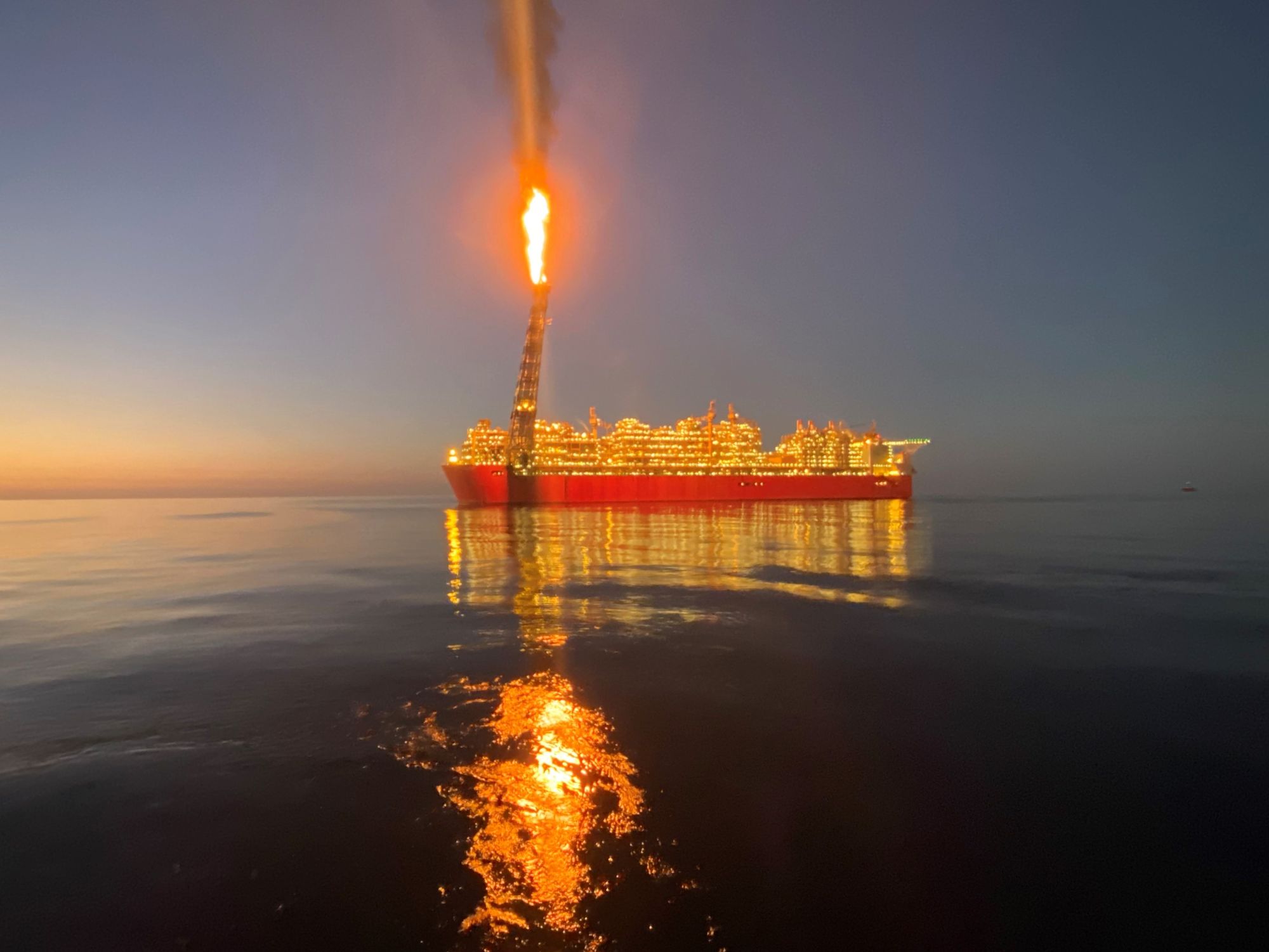
Using satellite data, flare tracking service FlareIntel estimates Prelude is flaring about 100 terajoules of gas a day.
That is equivalent to about a quarter of domestic and industrial gas consumption in the Perth region. The difference is that the gas burnt in Perth is not wasted.
Excessive flaring has been a problem at Prelude ever since Shell opened its subsea wells in December 2018.
In the 12 months to June 2019, Prelude emitted 2.3 million tonnes of greenhouse gases and shipped just one LNG cargo.
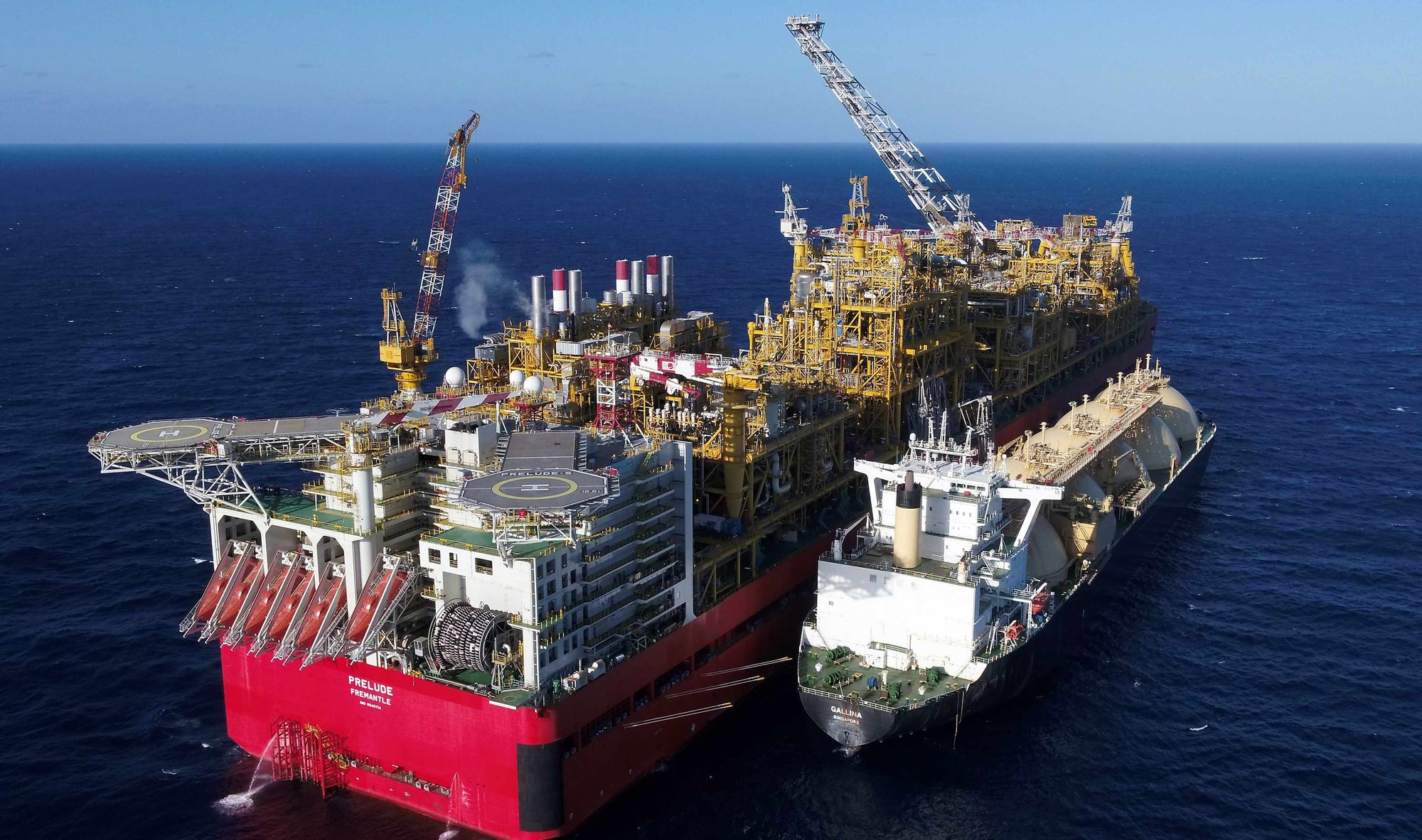
A year ago, Boiling Cold asked Shell what proportion of Prelude's emissions was due to flaring but did not receive a response.
An environment plan submitted by Shell to offshore regulator NOPSEMSA early this year revealed the truth: flaring caused 56 per cent of Prelude's carbon pollution in 2018/2019. If operations were stable, flaring should account for six per cent of carbon emissions.

Flaring at Prelude did halve in 2019-2020 compared to the previous year, but not because Shell had better control of the troubled $US17 billion giant.
The principal reason Shell gave for its global flaring dropping in 2020 was "due to the extended shutdown of the Prelude floating liquefied natural gas facility in Australia, a significant contributor to Shell flaring in 2019."
Prelude's wells were closed for about seven months in 2020.
A Shell spokesperson said the company took greenhouse gas management seriously and was continuously reviewing opportunities and implementing abatement projects at Prelude to reduce emissions.
"Shell is committed to achieving no planned flaring during routine operations at Prelude," the spokesperson said.
"During Prelude’s shutdowns and start-ups, flaring only occurs to safely dispose of hydrocarbons that are used as part of the start-up procedure or could otherwise pose a risk to workers and the facility."
One problem at Prelude is too many shutdowns and insufficient routine operations.
Another issue is that flow from each subsea wells was only able to be turned down to 50 million standard cubic feet a day during a startup, and any surplus gas was flared. Shell has successfully trialled halving this number, according to the environment plan.
Shell has nine projects underway to cut Prelude's emissions, including the well turn down, with a target of cutting emission by 90,000 tonnes in 2021, or about five per cent of its last reported emissions.
The detective with flare
FlareIntel was developed by UK-based developer of gas flaring reduction projects Capterio, that made a version providing historical data available for public use this week.
Capterio FlareIntel lead John-Henry Charles said the measurement of flaring at Prelude showed the insight real-time earth observation data could provide.
"With our FlareIntel Pro tool, we're able to track how much is being flared, by who on a daily basis – and we hope this information can be used to develop and apply solutions to flaring even quicker," Charles said.
The FlareIntel tool detected a high level of flaring at Prelude from April 21. There were also earlier high levels in early March 2021 and late December 2020.
The output of FlareIntel has been calibrated against measured flares.
The continued high level of flaring from Prelude continues the string of problems at what Shell intended to be a technology showpiece.
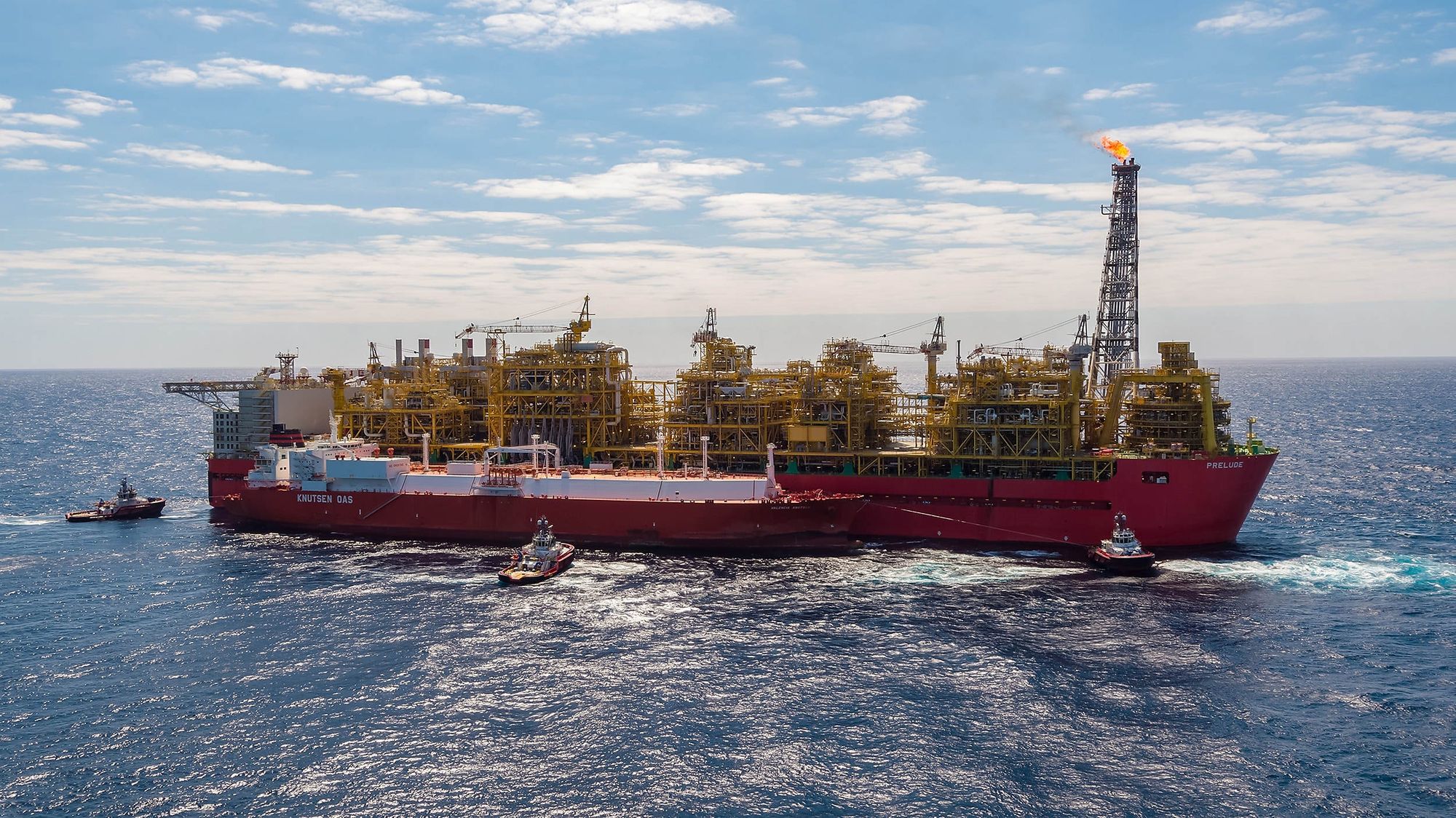
Main image: Prelude floating LNG facility flaring gas in April 2021. Source: Anon.




